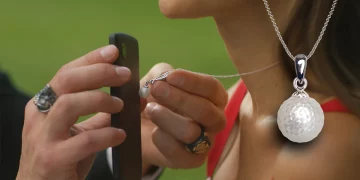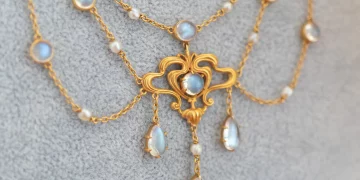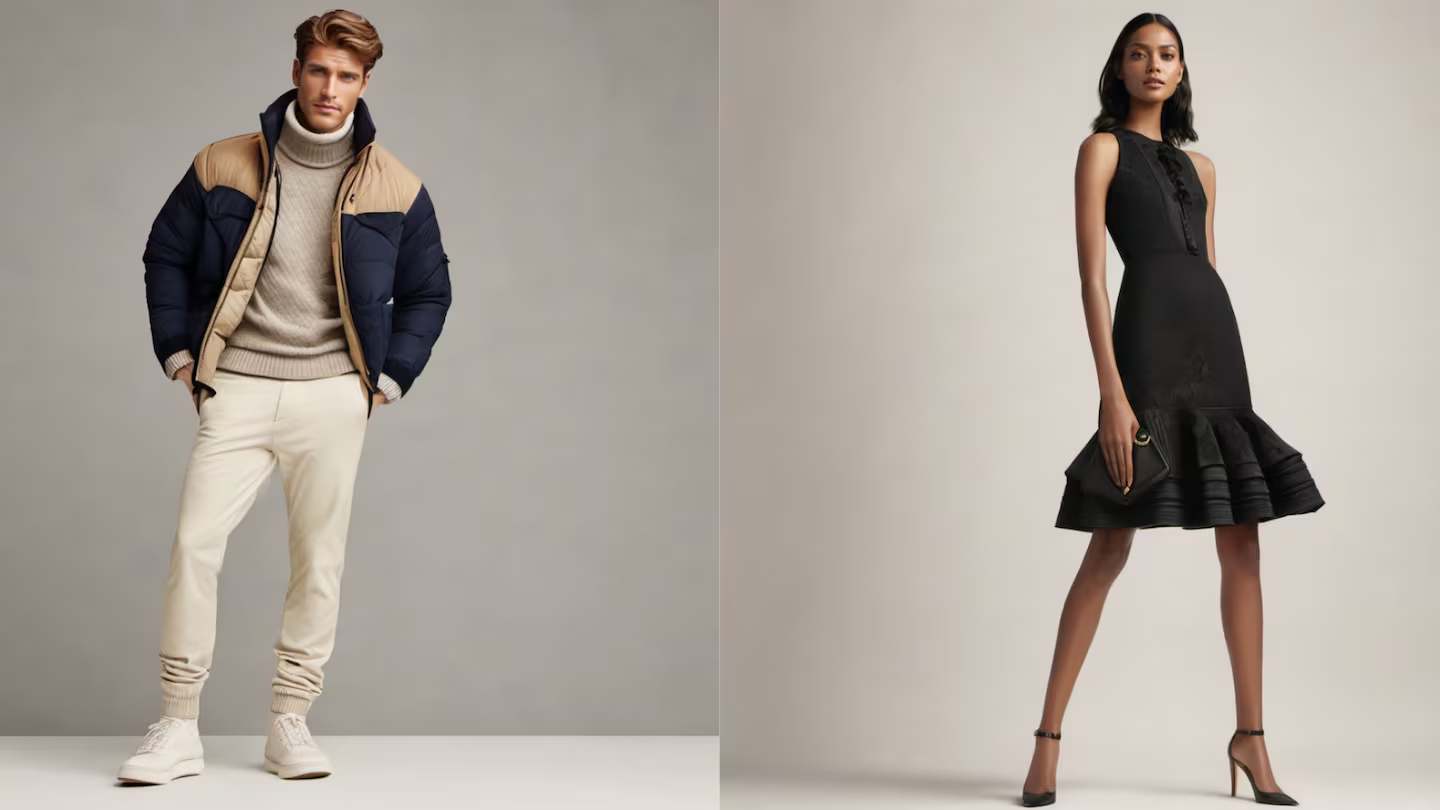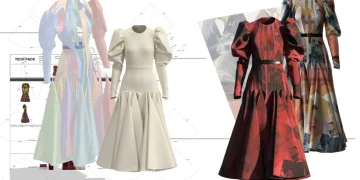Introduction
In recent years, minimalist jewelry has emerged as a dominant trend among young consumers, reflecting a broader cultural shift toward simplicity, sustainability, and self-expression. This article explores the multifaceted reasons behind the enduring appeal of minimalist designs in the jewelry industry, drawing insights from art history, consumer behavior, and market dynamics. By analyzing the intersection of aesthetics, functionality, and socio-economic factors, we unravel why this understated style resonates deeply with Generation Z and Millennials.
1. The Philosophical Roots of Minimalism: From Art to Adornment
Minimalism, as an artistic movement, originated in the 1960s as a reaction to the emotional excesses of Abstract Expressionism. It emphasized reducing forms to their essential elements, stripping away ornamentation to focus on materiality and spatial relationships . In jewelry design, this philosophy translates into clean lines, geometric shapes, and a “less is more” ethos.
For young consumers, minimalist jewelry embodies a rejection of opulence and a preference for authenticity. Unlike traditional jewelry that often symbolizes wealth or status, minimalist pieces prioritize intentionality—each item serves a purpose, whether as a personal talisman or a versatile accessory. This aligns with the younger generation’s values of mindfulness and conscious consumption .
2. Cultural Shifts: Individuality and the Rise of “Quiet Luxury”
Young consumers increasingly seek products that reflect their identity without overt branding. Minimalist jewelry, with its subtlety and adaptability, allows wearers to curate a personalized aesthetic. As noted in market reports, younger buyers favor pieces that “blend tradition with modernity,” such as gold jewelry infused with cultural motifs or minimalist designs that pair seamlessly with casual and formal attire .
The concept of “quiet luxury”—where quality and craftsmanship speak louder than logos—has gained traction. Brands like Pandora and Chinese domestic players have tapped into this by offering recycled materials and ethically sourced gemstones, appealing to eco-conscious shoppers .
3. Economic Pragmatism: Investment and Versatility
Amid economic uncertainties, young consumers view jewelry as both an emotional and financial investment. Gold, in particular, has surged in popularity due to its perceived保值性 (value retention). In 2023, China’s gold jewelry consumption grew by 26%, driven largely by younger demographics who associate gold with cultural heritage and financial security .
Minimalist designs enhance practicality. A delicate gold chain or a sleek signet ring can transition from daily wear to special occasions, maximizing cost-per-use. This versatility contrasts with bulky, single-purpose items, making minimalist jewelry a rational choice for budget-minded youth .

4. Sustainability and Ethical Consumption
Environmental concerns heavily influence purchasing decisions. Young consumers demand transparency in sourcing and production. Brands adopting recycled metals (e.g., Pandora’s commitment to 100% recycled silver and gold) or lab-grown diamonds cater to this demographic’s desire for sustainability without compromising style .
Minimalist jewelry’s reduced material footprint also aligns with circular economy principles. Smaller, lighter pieces require fewer resources to produce and are easier to recycle, resonating with a generation acutely aware of climate crises .
5. Digital Natives and Social Media Influence
Social media platforms like Instagram and Xiaohongshu (Little Red Book) have democratized jewelry trends. Minimalist designs thrive in this visual ecosystem—their simplicity photographs well, and hashtags like #EverydayJewelry or #CapsuleWardrobe inspire users to showcase curated collections.
Brands leverage influencers to demonstrate how a single minimalist piece can be layered or styled in multiple ways, fostering a sense of creativity and community. Online platforms also enable direct consumer feedback, allowing brands like Chow Tai Fook to quickly adapt to trending designs .
6. Case Studies: Brands Leading the Minimalist Wave
- Pandora: By pivoting to recycled materials and customizable charm bracelets, Pandora has attracted younger shoppers seeking personalized yet understated options .
- Chow Tai Fook: The Chinese giant reported resilient 2023 sales by blending traditional gold designs with minimalist aesthetics, such as thin bangles engraved with poetic motifs .
- Independent Designers: Emerging labels focus on raw textures and asymmetrical forms, appealing to avant-garde tastes while maintaining minimalist principles .
7. Challenges and Future Directions
While minimalist jewelry dominates, the market faces challenges such as homogenization of designs and competition from fast-fashion imitations. To stay relevant, brands must innovate in three areas:
- Technology Integration: Augmented reality (AR) try-ons and blockchain for provenance tracking.
- Cultural Narratives: Embedding storytelling into designs, such as jewelry inspired by regional folklore or art movements.
- Experiential Retail: Pop-up stores and workshops where customers co-create minimalist pieces .
Conclusion
Minimalist jewelry’s enduring appeal lies in its ability to mirror the complexities of modern youth culture—balancing individuality with inclusivity, luxury with responsibility, and tradition with innovation. As the industry evolves, brands that deepen their understanding of these dynamics will continue to captivate the next generation of consumers.

















































